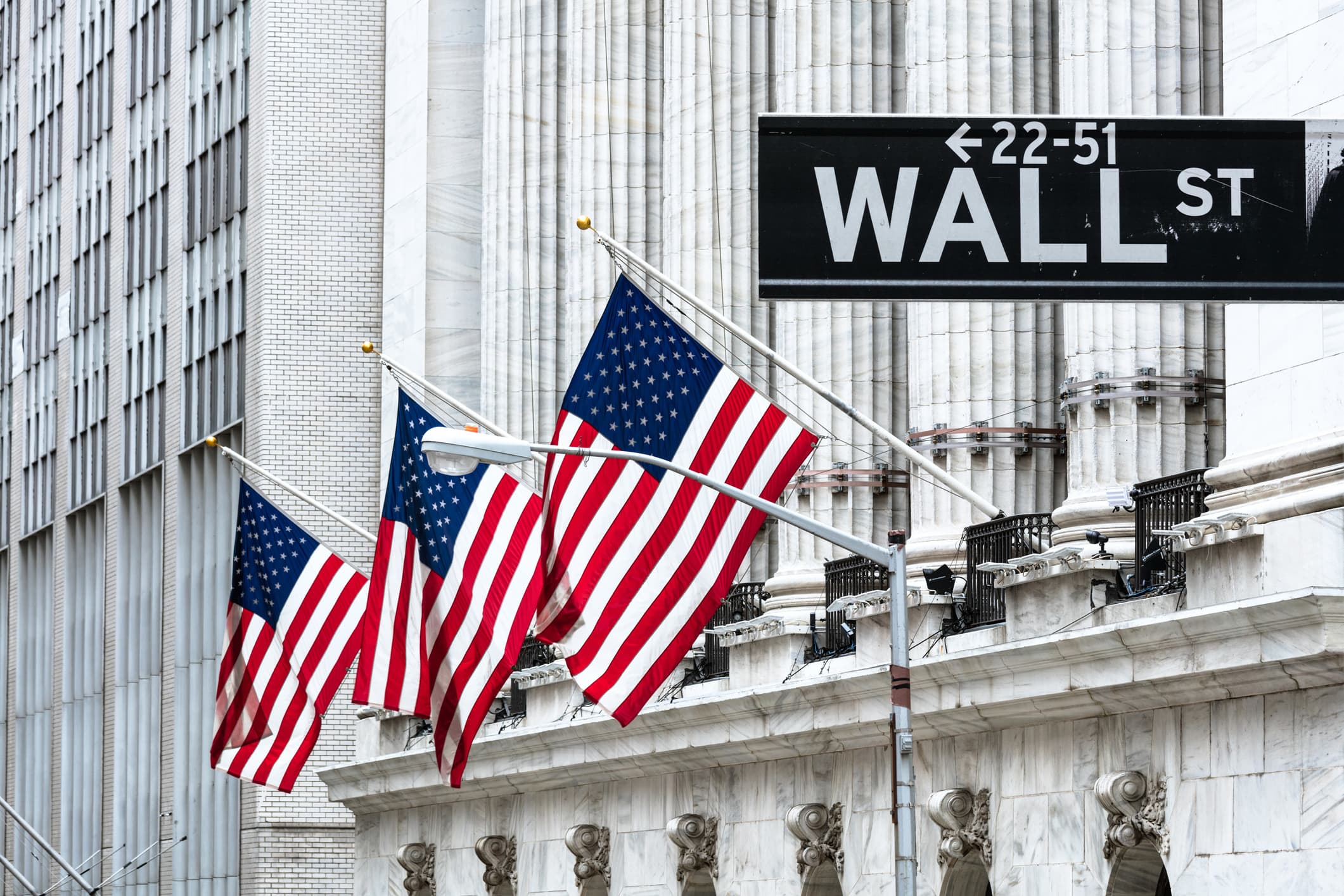Matteo Colombo | DigitalVision | Getty Images
For most investors these days, it’s literally a “PIPE dream.”
PIPEs, or private investments in public equity, are mechanisms for companies to raise capital from a select group of investors outside the market. But as PIPEs are increasingly being deployed in conjunction with a surge in SPAC mergers, a larger group of fund managers are seeking access to this security, with limits on who and how many can invest.
While SPACs, or special purpose acquisition companies, will tap the public markets to raise capital to fund a future takeover, PIPEs are allocated to a small group of investors. Managers of the funds participating in the PIPE will sign a non-disclosure agreement, with trading restrictions, and are brought over a proverbial “wall,” where they’re given material, non-public information from the SPAC about which target they’re looking to acquire. They’re then allowed to choose whether or not they want to invest at the SPAC’s IPO price — or sometimes at a discount — and ride what they’re hoping is a pop when that takeover is announced.
Bankers from several firms have told CNBC they’ve received an uptick in inbound interest recently from investors looking for future PIPE opportunities.
“Many of these transactions are performing very well, and have been well-received in the post-announcement period,” said Warren Fixmer, who runs SPAC Equity Capital Markets at Bank of America. “So the alpha generation that it represents obviously is attracting a broader group of investors.”
In 2020, PIPEs generated $12.4 billion in supplemental capital to help fund 46 SPAC mergers, according to data pulled by Morgan Stanley. Their data looked at SPAC deals with valuations greater than half a billion dollars. On average, PIPE capital added almost triple the purchasing power to the SPAC, Morgan Stanley said. For every $100 million raised through a SPAC, a corresponding PIPE added another $167 million, the data showed.
Big money in PIPEs
Some of the largest PIPEs have surpassed $1 billion in size and were committed over the last few months. The latest was announced Monday morning, with Foley Trasimene’s Acquisition Corp.’s takeover of Alight Solutions, which included a $1.55 billion private placement. Another Foley SPAC utilized a $2 billion private placement, announcing in December a deal to purchase Paysafe. Chamath Palihapitiya’s SPAC, Social Capital Hedosophia V is deploying a $1.2 billion PIPE to acquire SoFi. Additionally, Altimar Acquisition Corporation announced an agreement with both Owl Rock and Dyal to take the combined alternative-asset manager public with a $1.5 billion PIPE.
More committed PIPEs will lag the SPAC IPOs, meaning if 2020 was the year of the SPAC surge, 2021 and 2022 will be the time where these vehicles merge.
Morgan Stanley data showed that there’s still more than $90 billion worth of “dry powder” that needs to be deployed toward acquisitions over the next two or fewer years. That implies a total of $117 billion of PIPE capital is expected to be raised in connection with SPAC mergers during that time frame, Morgan Stanley said.
Against that backdrop, prospective PIPE investors are calling up placement agents en masse and looking to be included in financing those mergers, bankers from three separate firms told CNBC.
The heightened prevalence of this product is raising concerns about the potential lack of understanding among the broader cohort of SPAC investors about how these investments work.
”There are two generic losers, or people at risk: The first are the existing shareholders, but the second is the perception about the fairness of our capital markets,” said Harvey Pitt, former chairman of the Securities and Exchange Commission. “People who are not privy to the disclosures, people who aren’t able to get the benefit of these pricing discounts and people who are seeing the power of their equity holdings downgraded by virtue of what we call dilution.”
Investors in the PIPE usually receive their securities at a discount at least to the market price and sometimes they even get shares below the IPO price. About one-third of SPACs in the 2019 through 2020 merger cohort that issued shares in PIPEs, sold those shares at a 10 percent discount or more to the IPO price, according to a recent SPAC study by Stanford Law School and New York University School of Law. That can ultimately be dilutive to investors who acquired stock at the IPO of the SPAC.
PIPE investors can pressure stock
A key question, Pitt said, is what types of disclosures investors in PIPEs receive compared to that of the broader market. While he notes that it would be “entirely appropriate” for the SPAC to share potential merger plans or things of that nature, other details about the company’s future could be a more grey area.
But proponents of PIPEs say they serve as a signal of validation to the market and therefore can improve performance. Those 2020 SPACs that included PIPEs had a median performance of 46 percent, one month after their deals closed, according to Morgan Stanley. Those without PIPEs saw gains less than half that (21 percent) over the same time period.
But once investors in the PIPE are eligible to sell, that can put pressure on the overall stock as it widens the float. Usually that takes place in the weeks following a SPAC’s deal closing — far shorter than the typical IPO lockup.
Because of these factors, PIPEs could be an area that draws greater regulatory scrutiny this year, as investors start to better understand the rules and potential financial impact around these securities relative to public shares in the SPACs.
“It’s not illegal to engage in one of these offerings, but there are, shall we say, minefields all along the process that could turn what might be legal into something that is illegal or crosses that line,” said Pitt, who currently serves as the CEO of Kalorama Partners, a consulting firm. “That’s why there needs to be scrutiny, and that’s why there is scrutiny of these transactions.”
